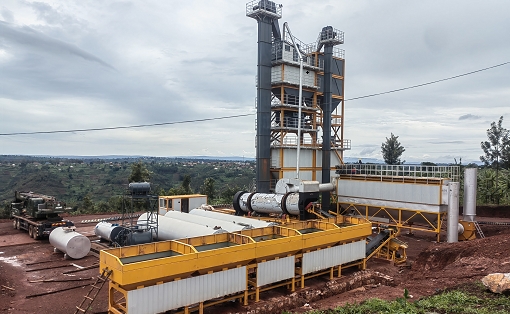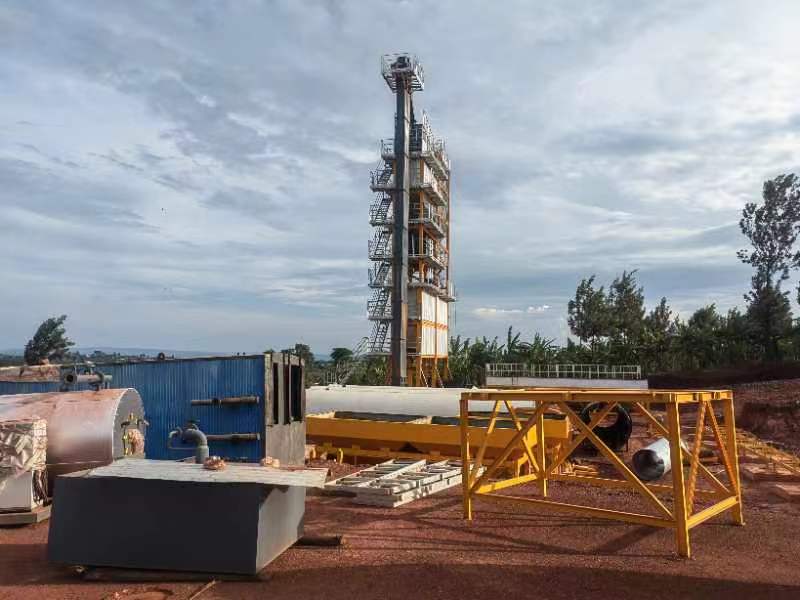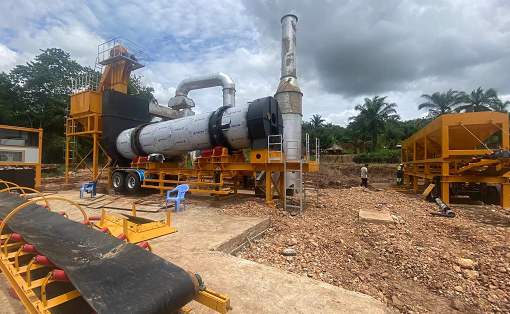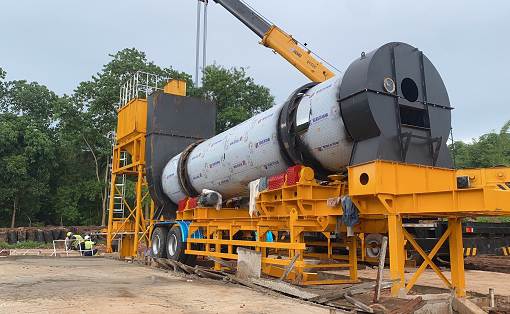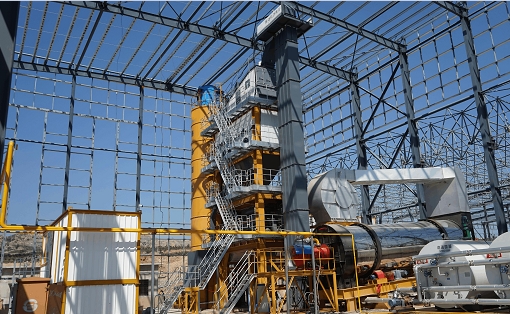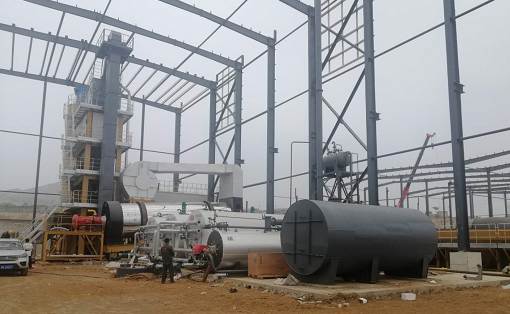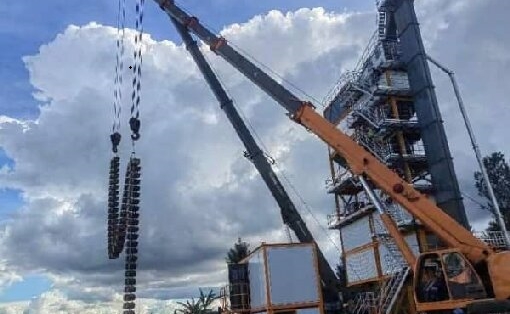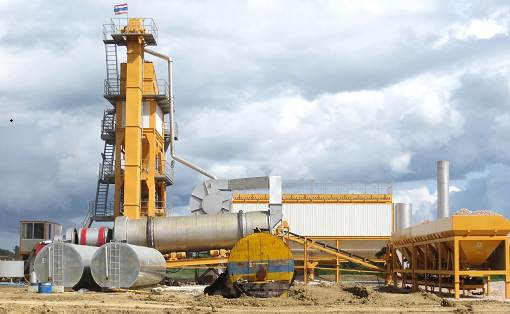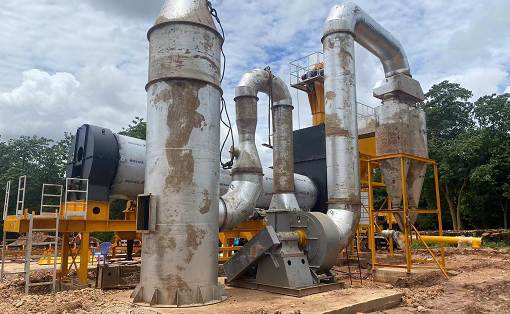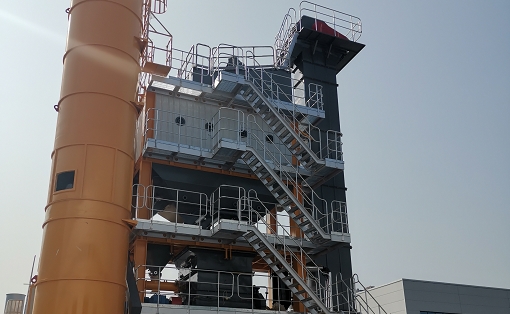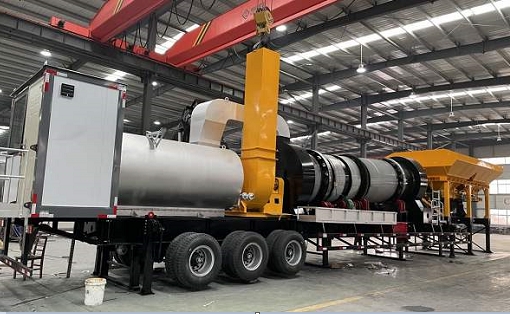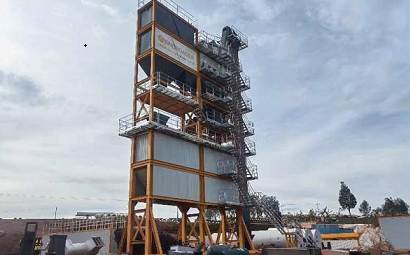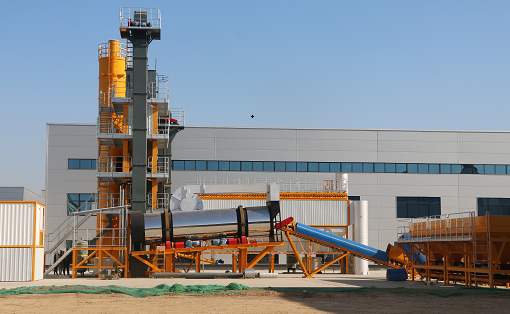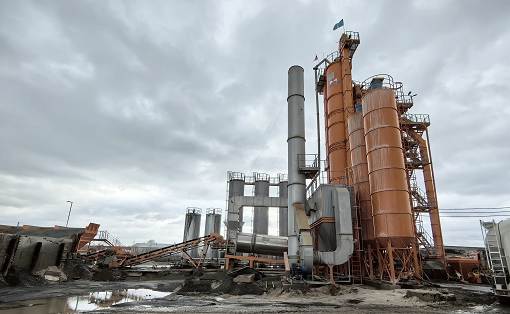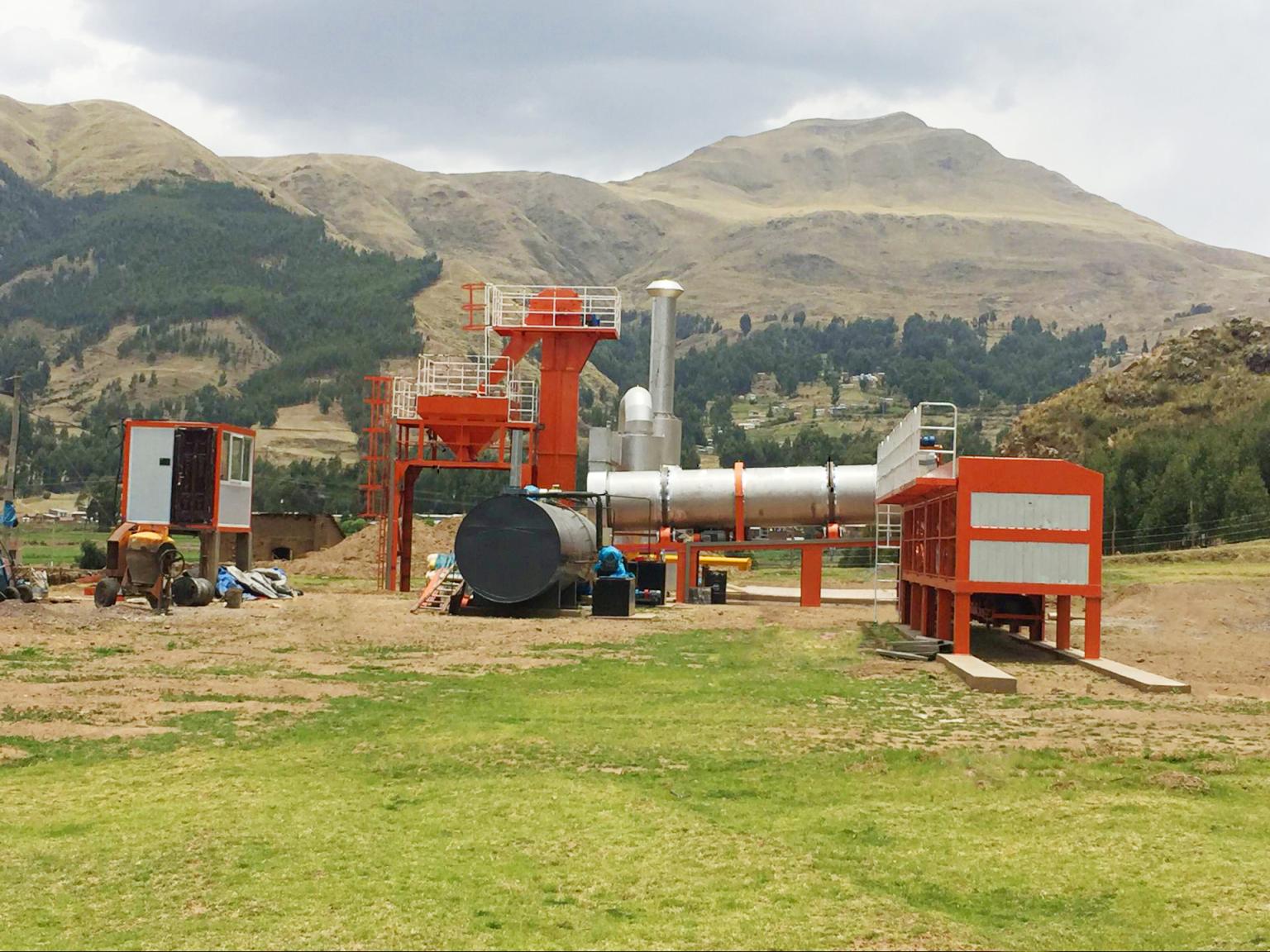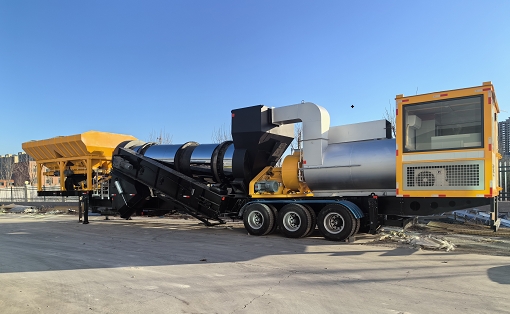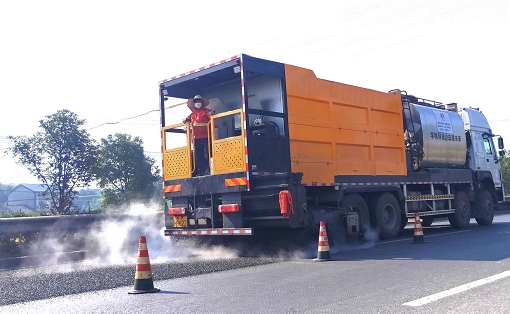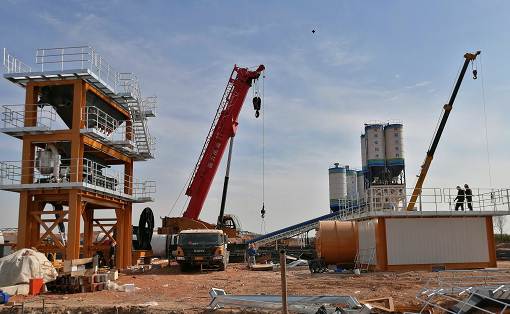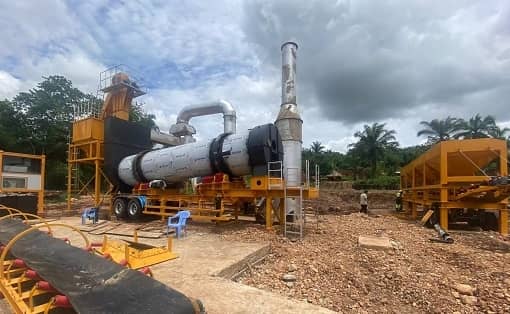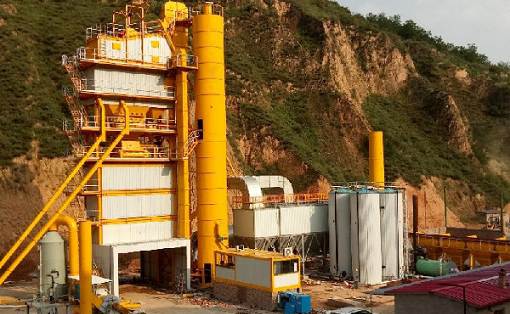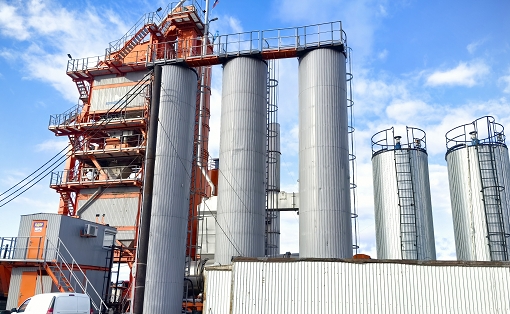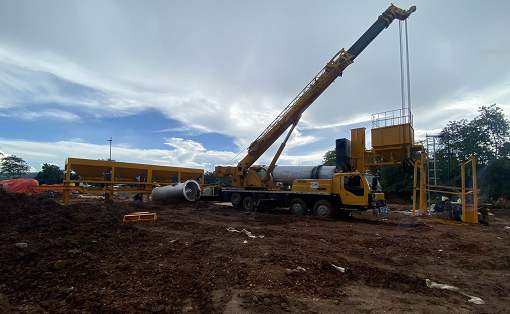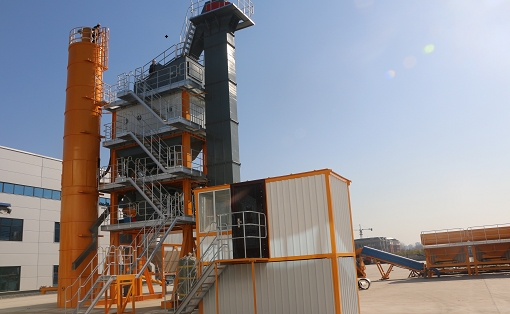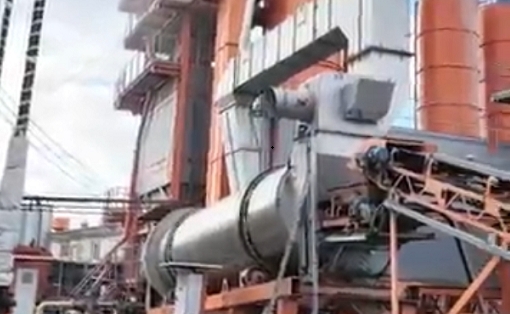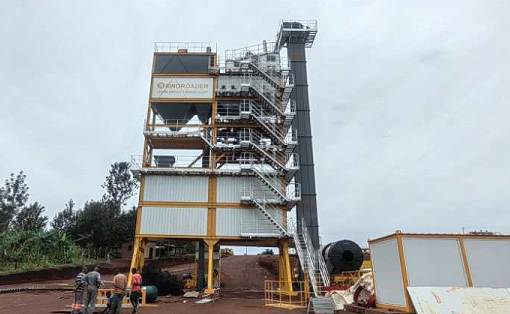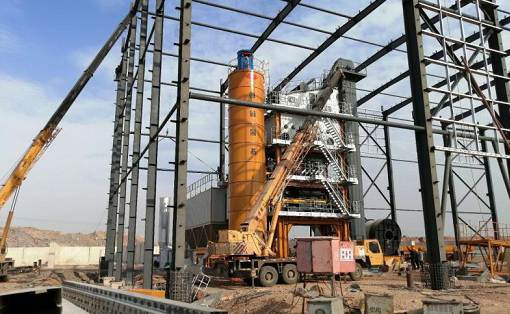Basic ways to build asphalt mixing plant
Asphalt mixing station is one of the most important equipment in processing operations, so how to build a website has become the focus of people’s attention. The editor has compiled some key points, hoping to be helpful to everyone.
Asphalt mixing station is one of the most important equipment in processing operations, so how to build a website has become the focus of people’s attention. The editor has compiled some key points, hoping to be helpful to everyone.
The first step in establishing an asphalt mixing station is to determine the host machine and feed batching system. Generally, the configuration is based on the project’s construction period, total amount of concrete, daily concrete consumption and other indicators. The basic principle is to meet the daily concrete consumption. Under normal circumstances, a project can only have one asphalt mixing station, or separate mixing stations can be set up according to zones, or a large mixing station can be set up together with an appropriate number of concrete transport trucks, all of which depend on the actual situation.
Secondly, provide 1-2 pools for each asphalt mixing station to provide the water required for concrete mixing and mechanical cleaning during operations. At the same time, there must be suitable cement silos, several of which can be used in turn and replenished in time to meet the needs of concrete production without causing a backlog of cement. It is about the transportation method of finished products, which is based on the transportation distance and height and the supply of concrete.

